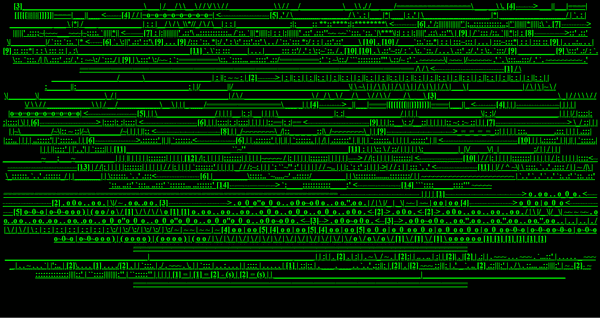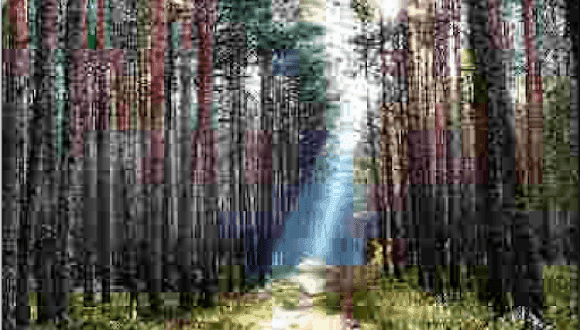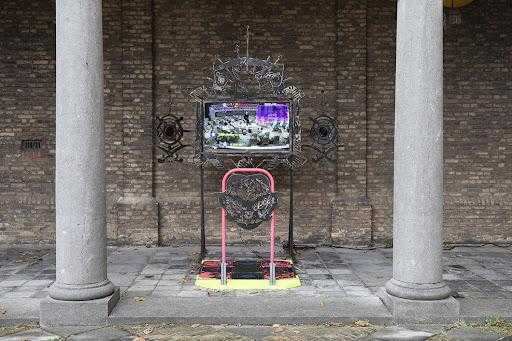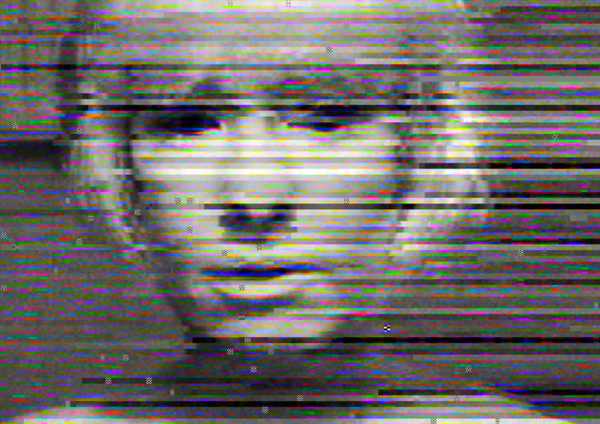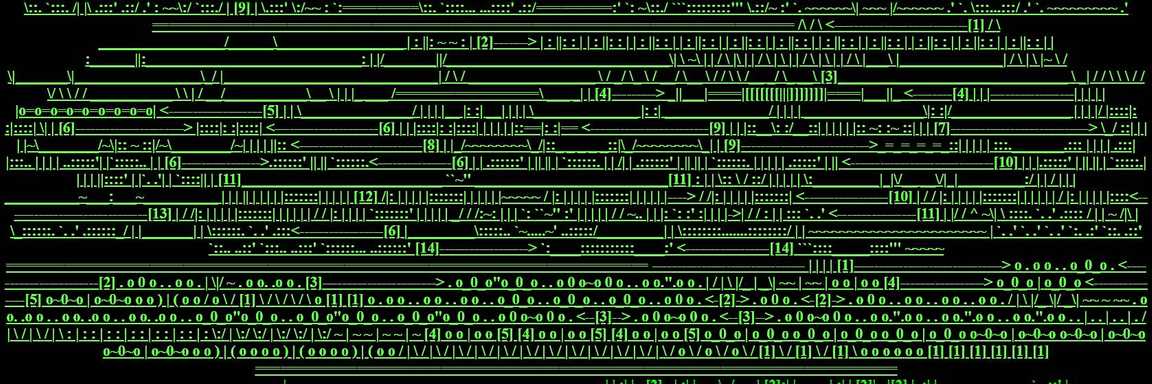
Categories
Case studies from diverse emerging categories were selected.
The growing number of digital artworks in collections has pushed the development of preservation initiatives that consider these works’ fleeting nature, a consequence of their technical build and time-sensitive characteristics.To deepen their understanding at museums and other collections, case studies from emerging categories were selected. These categories are; Net Art, Computer Generated Art, Media Installations with Digital Components and Digital Images. All cases are added, for practical reasons, to only one category were obviously they might fit in several.
Collecting Net Art forces the museums to deal with a large number of technical and other factors specific for the internet, such as compatibility of software, plugins, resolutions and bandwidth. Questions regarding these works concern the concept, functionality and associated parameters of the artwork and the technology used will be addressed in the project. Also the need for a specific acquisition contract is expressed and will be developed, together with the Foundation for the Conservation of Contemporary Art (SBMK). The case studies Compressed Forests (2016) by Jan Robert Leegte, fillthisup.com (2014) by Rafael Rozendaal, and Running A Circle Clockwise (2017) by Jeroen Jongeleen, are categorised as Net Artworks and were examined with the intention of creating tools for encouraging understanding of newly acquired net artworks.
The second category is Computer Generated Art, or media art with a live and/or internet community aspect. Which encompasses the following case studies: the_living (1997-1998) by Debora Solomon, BLKNWS (2018 - …) by Kahlil Joseph and Clapback Fury (2021) by Saeeda Saeed. The works are examined with extra attention towards the creation of tools for encouraging understanding, managing and documenting constantly changing digital artworks. In April 2024 as this is being written the preservation of Clapback Fury (2021) by Saeeda Saeed is in progress and the others have all been completed.
Installations with digital components are in need of a similar approach. The participating collections hold large numbers of installations containing different components (image, sound, light) that are controlled by software. The parameters for interaction, synchronisation and future exhibition are largely unknown. The cases selected are: the digital reconstruction of Het Kubusproject (1969-1971) by Ton Bruynèl (1934-1998) and sculptor Carel Visser (1928 - 2015) and Work No. 371 (2004) by Martin Creed. All works are examined with the intention of encouraging understanding of what to store, how and where. The research into these last 3 cases has started recently.
The final category, which encompasses the remaining case study in the project, is Digital Stills and the case study representing this category is A Vernacular of File Formats (2009 - 2010) by Rosa Menkman in the collection of the Stedelijk Museum Amsterdam and museum Breda.
The project aims to produce and share knowledge for these artworks’ preservation and overall sustainability while making this knowledge available for the treatment of similar works.


